expiredStrifeZero posted Sep 18, 2023 03:30 PM
Item 1 of 6
Item 1 of 6
expiredStrifeZero posted Sep 18, 2023 03:30 PM
2TB Corsair MP600 CORE XT PCIe 4.0 (Gen4) x4 NVMe M.2 Solid State Drive
& More + Free S/H$80
$175
54% offAmazon
Visit AmazonGood Deal
Bad Deal
Save
Share
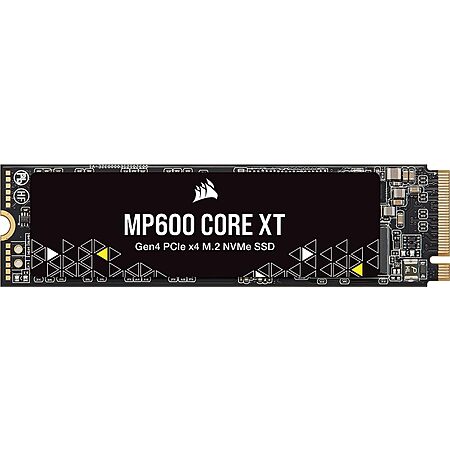
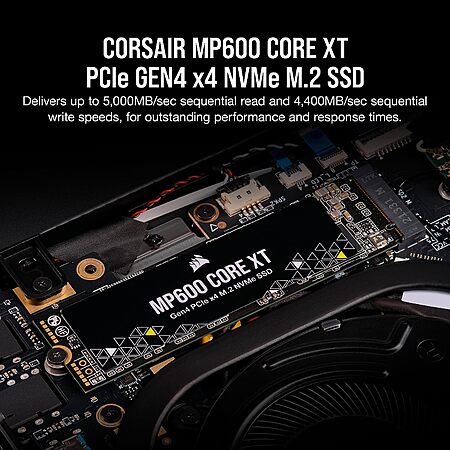
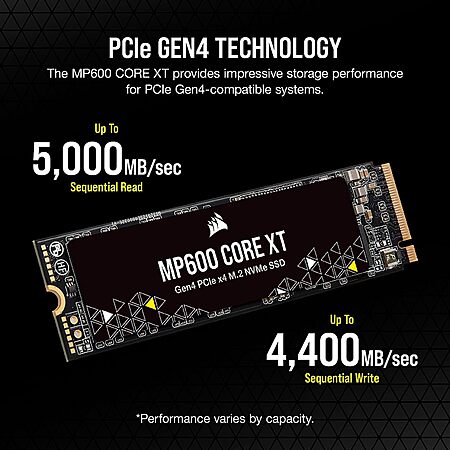
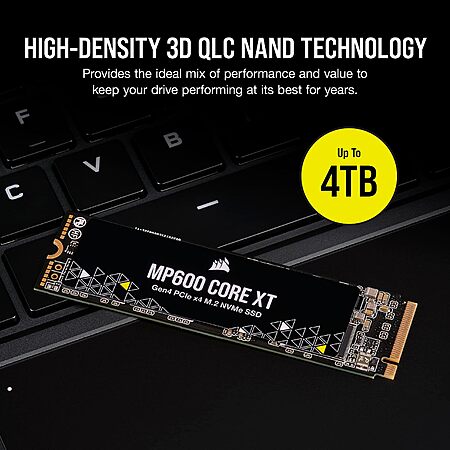
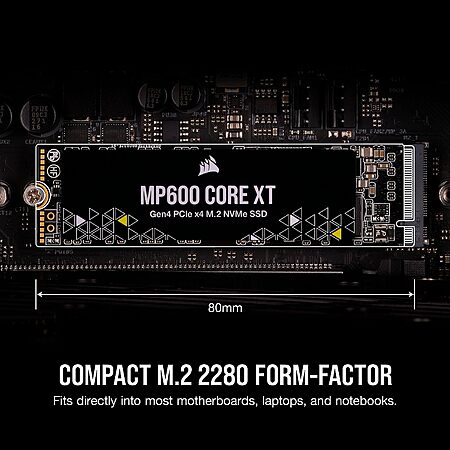
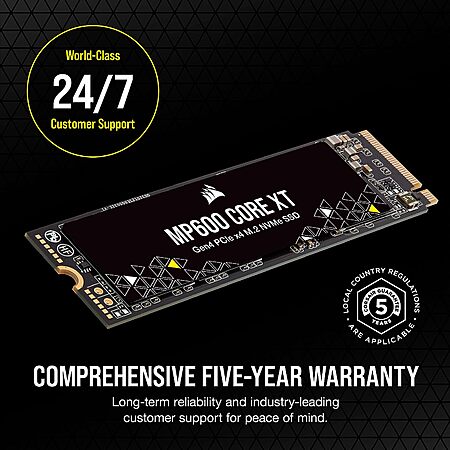



Leave a Comment
Top Comments
Edit: Since there have been multiple people asking about what to use as a boot drive, I've gone into a fair amount of detail in this post further in this thread:
https://slickdeals.net/f/16930396-2tb-corsair-mp600-core-xt-pcie-4-0-gen4-x4-nvme-m-2-solid-state-drive-80-more-free-s-h?p=165900142#p
Dram (dynamic-random access memory) is essentially an additional flash memory chip in the ssd that functions similarly to the ram in your computer. Dram is able to store the data map tables instead of using the nand flash of the ssd, which allows for improved performance across the board, particularly random read and write performance for small files. This is far more meaningful to operating system performance compared to the heavily advertised peak sequential speeds of a ssd which are meaningless past a certain threshold in the vast majority of standard use. Additionally, by not requiring the data map tables to be stored and accessed from the nand flash, dram significantly reduces the wear on the ssd from standard use therefore increasing longevity and reliability. While hmb (host memory buffer) and to some extent slc/pslc caching can mitigate the downsides of using a dramless drive, unless the price difference is absolutely absurd I always recommend using a drive with dram for your boot drive which your operating system runs on.
Moving on to the type of nand flash used, tlc in general is simply a superior type of memory compared to qlc for most applications, with the primary downside being increased cost. Qlc memory tends to be slower (though higher density qlc used in higher capacity drives can close the gap somewhat) and has significantly worse endurance, especially in terms of writes. You will typically find qlc used in budget or value tier drives, and qlc drives with dram are significantly less common. Qlc drives due to their low cost tend to excel as cheap mass storage for those that don't wish to use hard drives.
The ssd controller is basically an embedded microcontroller functioning as the brains of the ssd, managing all the different functions. A high quality controller will allow for lower latency, faster performance, and better reliability. 4k random read and write performance (essentially the ability to quickly access, read, and write small files), which is the most important metric for operating system performance, is heavily affected by the controller. Most smaller ssd manufacturers will license a controller from a company such as phison, but some larger manufacturers (such as samsung, western digital, etc.) use their own in house controllers. When considering a drive for use as a boot drive it is best to pay attention to the random 4k random read and write performance (typically displayed in iops). Peak sequential read/write speed can be disregarded as long as it's over 5000 and your use case does not require constant copying of enormous (dozens of gigabytes) files.
Getting back to actual product recommendations, there unfortunately aren't any good value 4tb drives that are well suited for being boot drives (unless you count that one price mistake for the 4tb wd sn850x). The best options I know of are: the 4tb wd sn850x which occasionally goes on sale for $230, the 4tb teamgroup T-Force cardea a440 pro which is currently on sale for $220 on amazon, and the 4tb acer predator gm7000 which occasionally goes on sale for $200 (this uses the IG5236 controller which has been known to have issues, though firmware updates have supposedly fixed it).
If you're willing to use a 2tb drive as your boot drive rather than a 4tb drive there are tons of good options that provide a far better value. Some standouts include: the 2tb wd sn850x which has dropped as low as $90 and is regularly on sale for $100 with good additional cashback, the 2tb solidigm p44 pro (and the hynix platinum p41 which is the extremely similar previous version of this drive) which occasionally go on sale for $100, and the 2tb samsung 980 pro which is slightly slower but goes on sale for $90 or $100 with a built in heatsink and can rarely be found at a more substantial discount since it's been replaced by the 990 pro.
Ssd prices have been dropping for quite a while, and even though prices seem to have plateaued for now I'd expect there to be some good sales around black-friday/cyber-monday.
60 Comments
Sign up for a Slickdeals account to remove this ad.
Sign up for a Slickdeals account to remove this ad.
And performance tanks when drives like this start filling up. If you think you are going to get gen 4 speeds when this thing is 85% full I have bad news for you.
But the question of it being "worth the price" depends a lot on your specific use case and budget.
Sign up for a Slickdeals account to remove this ad.
250 TBW is sufficient for most people but I am constantly filling and deleting stuff my drive. I would use up 250 TBW in a few years.
Leave a Comment